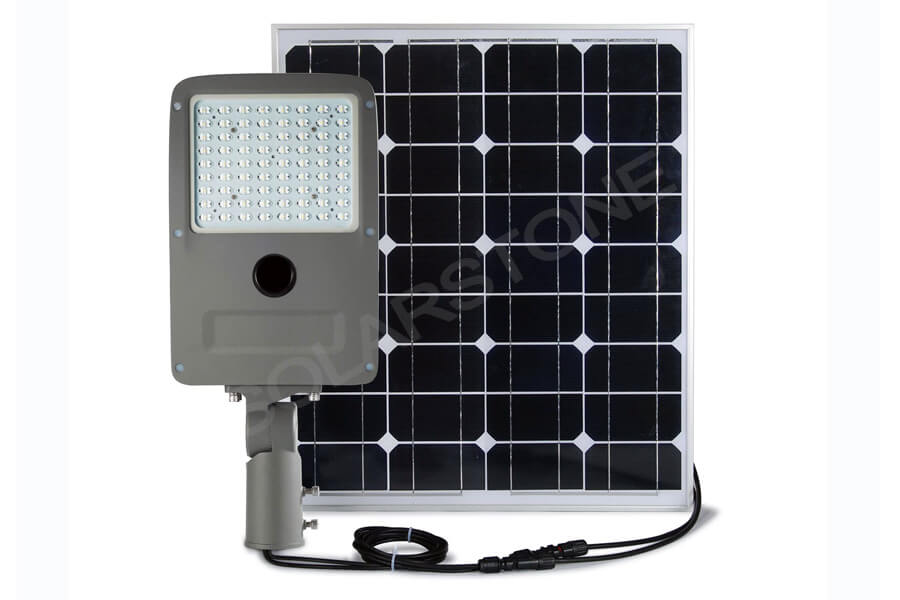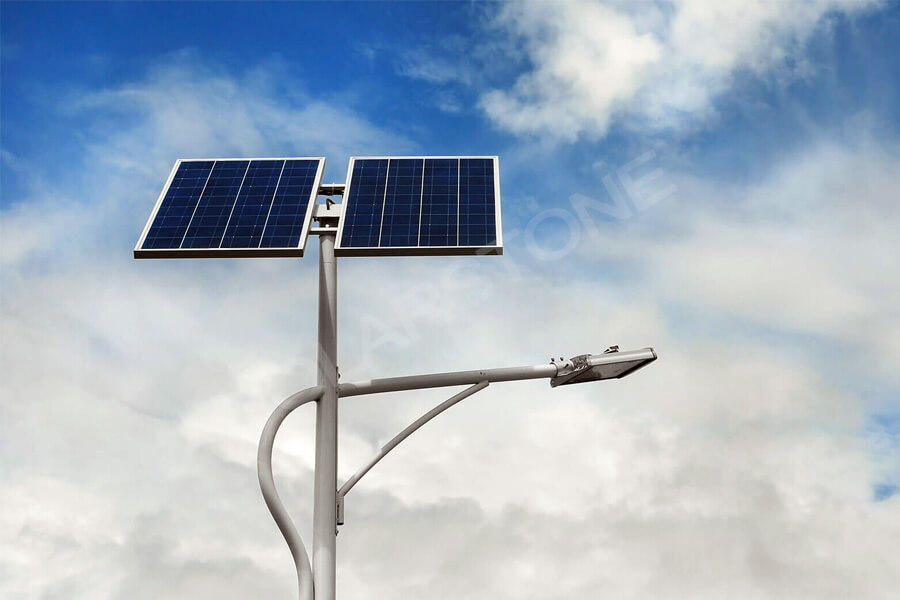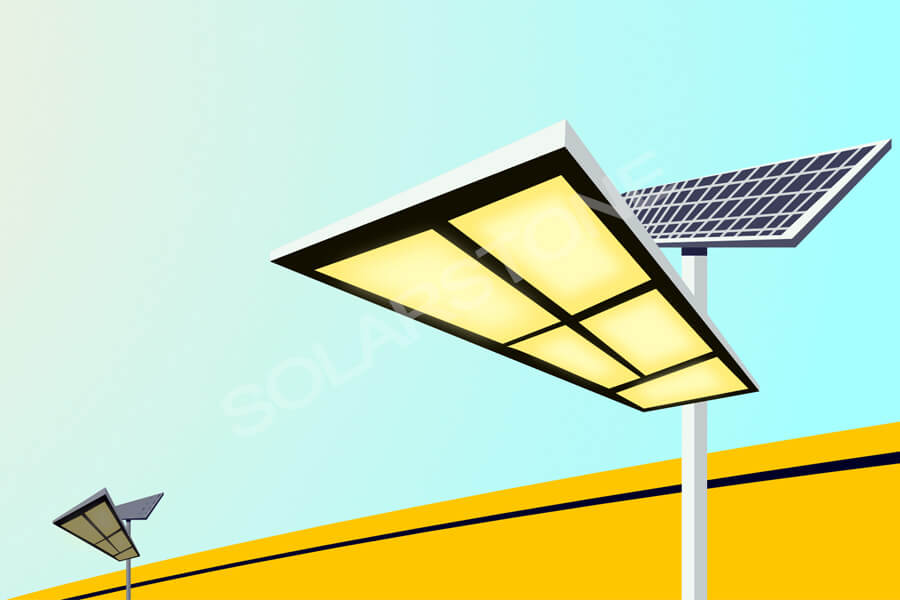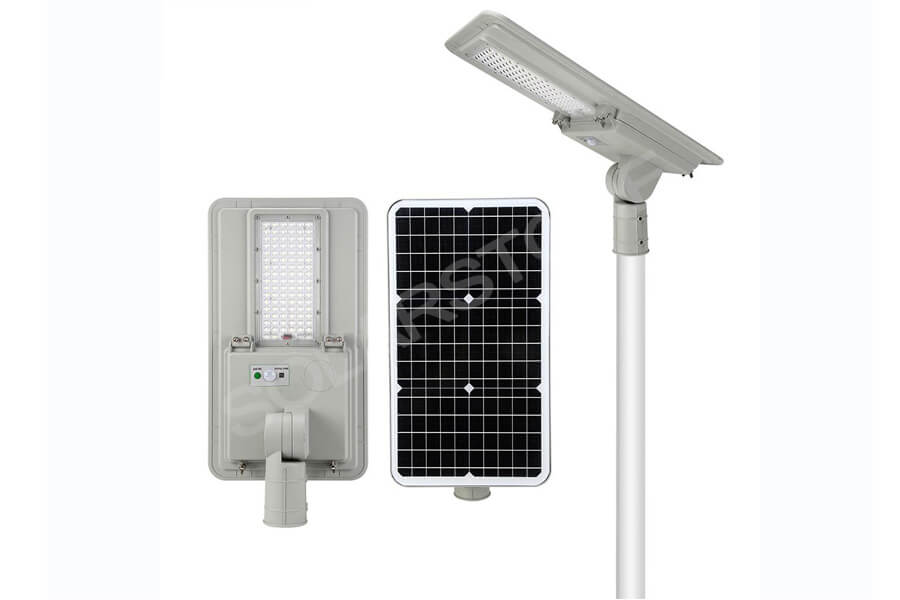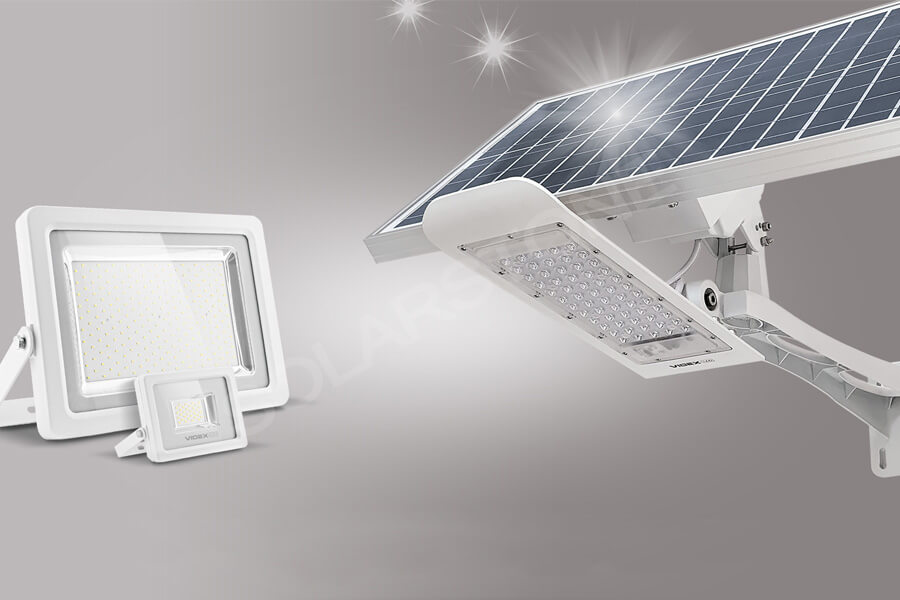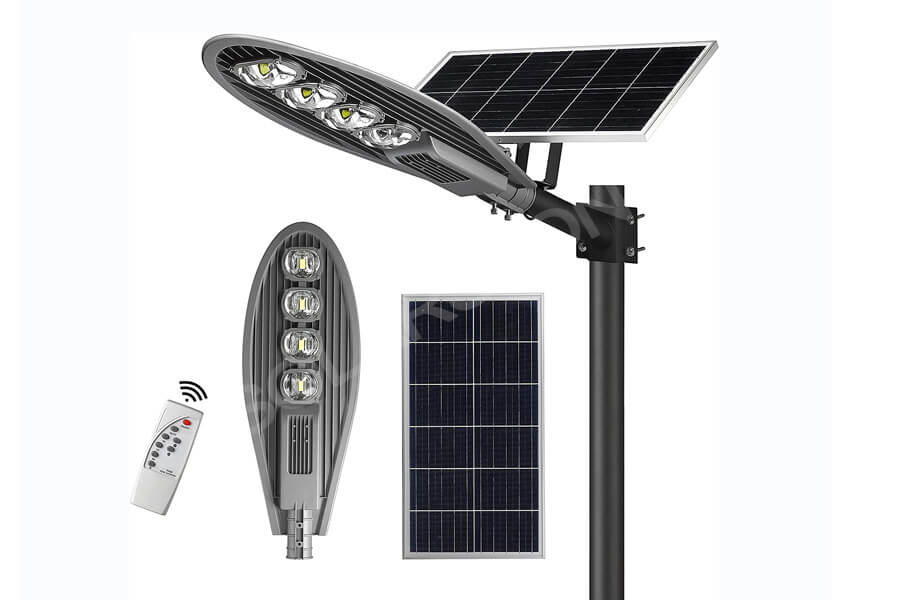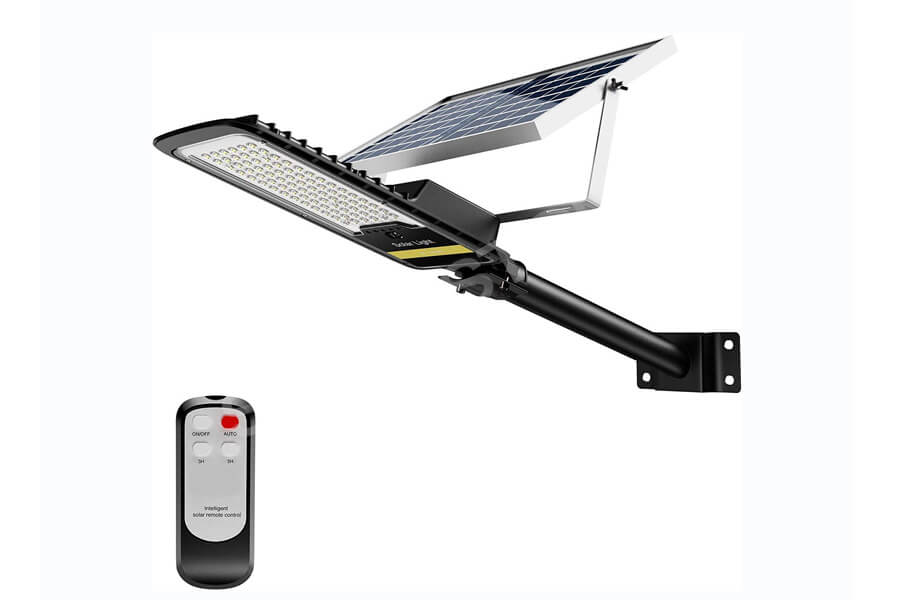Service life of solar street lamp battery
Everyone is saying that solar street lamps have the advantages of wind resistance, high brightness, simple installation, stable and reliable operation and no consumption of conventional energy. They are an important lighting development in our scientific progress in the 21st century and provide more convenience for our night life.
We also need to consider the service life of solar street lamps and how long they can take. After all, the price of solar street lamps is not a small amount.
The service life of solar street lamp depends on its components. It is composed of solar panel, solar controller, battery pack, light source, lamp pole and lamp shell. Among them, the performance will decline after the service life of battery is about 5 years. The service life of LED lamp source is about 50000 hours, while the service life of solar panel is as long as 25 years.
Therefore, the service life of solar street lamps can still meet the use requirements of the majority of places. Solar street lamps use solar energy as power supply to provide road lighting at night. They can be lit as long as the sun is sufficient.
Battery commonly used in solar street lamp
1. Lead acid battery: low price, suitable for low temperature and high rate discharge; Sealing maintenance free; However, attention should be paid to prevent the pollution of lead acid, which is too bulky and will be phased out.
2. Nickel cadmium battery: strong, cheap, economical and durable, good low temperature performance; However, attention should be paid to prevent environmental pollution caused by cadmium.
3. Ni MH battery: high rate, good charge and discharge performance, pollution-free, green and environment-friendly battery; The adoption of small-scale system is worthy of strong promotion.
4. Lithium iron phosphate battery: good high-temperature performance, large capacity, high charge and discharge efficiency, lightweight, environmental protection and no pollution; But its price is too expensive, and it also has selectivity for chargers.
Calculation method of solar street lamp battery configuration
1.First calculate the current:
Such as 12V battery system;
Two 30W lamps, 60 watts in total.
Current = 60W ÷ 12V = 5A
2.Calculate the battery capacity demand
For example, the cumulative lighting time of street lamps per night shall be 7 hours (H) under full load;
(for example, open at 8:00 pm, close at 11:30 PM, open at 4:30 AM, close at 5:30 AM)
It is required to meet the lighting requirements for 5 consecutive rainy days( 5 days plus lighting of the night before cloudy and rainy days (6 days)
Battery = 5A × 7h ×( 5 + 1) days = 5A × 42h=210AH
In addition, in order to prevent overcharge and over-discharge of the battery, the battery is generally charged to about 90%; The remaining discharge is about 20%.
Therefore, 210ah is only about 70% of the real standard in application.
How to check the solar street lamp battery?
1. Observe whether the surface of the battery is clean and whether there is corrosion and liquid leakage. If the shell has a lot of dirt, wipe it with a damp cloth stained with washing powder.
2. Check whether the appearance of the battery is concave or bulging;
3. The connecting screws between battery cells shall be tightened at least once every six months to prevent looseness, poor contact and other faults. When maintaining or replacing the battery, tools with insulating sleeves (such as wrenches) must be used to prevent short circuit.
4. It is necessary to charge the battery in time after discharge. In case of continuous cloudy and rainy days, resulting in insufficient battery charging, the power supply time of the power station shall be stopped or shortened to avoid over discharge of the battery. The maintenance personnel of the power station shall regularly charge the battery evenly, generally 2 ~ 3 times a quarter. Batteries that have been out of service for a long time (more than 3 months) shall be recharged and put into operation.
5. The battery room shall be insulated in winter and ventilated in summer. The temperature of the battery room shall be controlled between 5 ℃ and 25 ℃.
6. Keep the daylighting surface of solar panel array clean. In areas with little rain and large wind and sand, it shall be cleaned once a month. During cleaning, it shall be washed with clean water first, and then wipe the water trace with a clean soft cloth. Do not wash with corrosive solvent or wipe with hard object. Cleaning should be carried out at a time when there is no sunshine or in the morning and evening. It should be avoided to wash the module with cold water when the solar panel is heated by the sun during the day. Very cold water will break the glass cover plate of the solar panel.
7. Regularly check whether the wiring between solar panels is firm and whether the wiring in the square array junction box is firm. If it is not firm, it needs to be fastened; Check whether the solar panel is damaged or abnormal, such as damage, grid line disappearance, hot spots, etc; Check whether the bypass diode in the junction box of the solar panel works normally. When the solar panel has problems, it shall be replaced in time, and the specific installation and distribution position of the solar panel in the photovoltaic array shall be recorded in detail.


